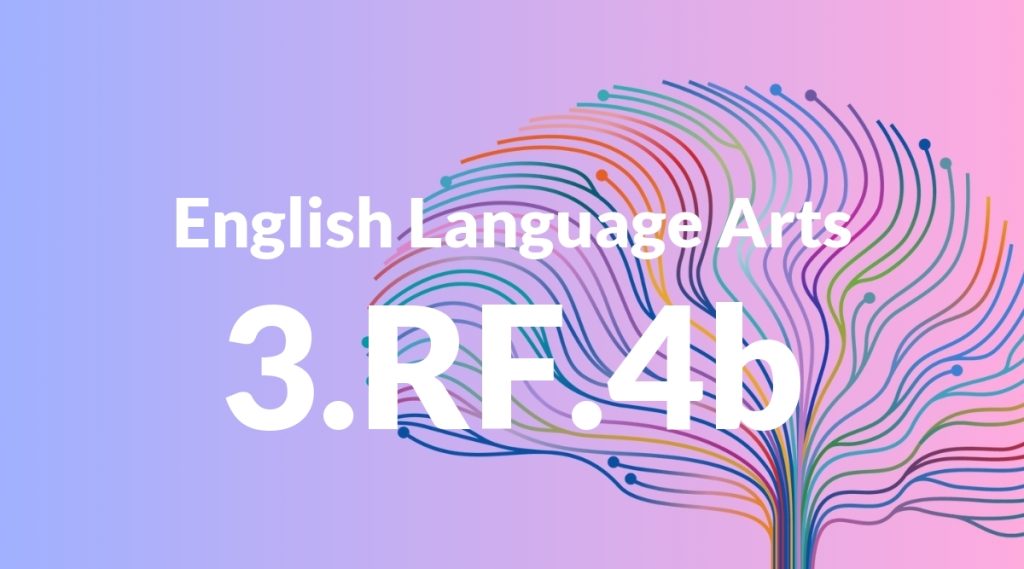Standard: 3.RF.4 – Read with sufficient accuracy and fluency to support comprehension.
Grade level: Grade 3
Subject: English Language Arts
Domain: Reading: Foundational Skills
Teacher Overview
This standard emphasizes the importance of reading with both accuracy and fluency to ensure comprehension. Mastery of this standard allows students to read more complex texts with understanding, which is crucial for their academic growth in all subjects. Students should be able to decode words, recognize common sight words, and read simple texts independently before tackling this standard.
After mastering this standard, students will be able to engage in more complex reading tasks, including analyzing texts, making inferences, and understanding themes and main ideas across various subjects.
Common Misconception 1
Some students may think that reading quickly is the goal, but this can lead to skipping words or misreading. Accuracy is equally important to ensure they understand what they are reading.
Intervention 1
Use paired reading where students read along with a fluent reader, matching their pace and accuracy. Follow up with comprehension questions to ensure understanding.
Common Misconception 2
Another common misconception is that comprehension means remembering every detail. However, true comprehension involves understanding the main ideas, themes, and inferences within the text.
Intervention 2
Incorporate activities that focus on summarizing texts and discussing main ideas and themes. Use graphic organizers to help students visualize and organize their thoughts.
Prerequisite Knowledge
Students should have basic decoding skills, familiarity with common sight words, and the ability to read simple texts independently.
Subsequent Knowledge
Students will develop the ability to analyze texts more deeply, infer meaning, and engage in more complex reading tasks across various subjects.
Instructional Activities
- Reading aloud sessions with feedback on accuracy and fluency.
- Paired reading with a more fluent reader.
- Reader’s theater to practice expressive reading.
- Timed reading exercises followed by comprehension questions.
- Using graphic organizers to summarize and analyze texts.




